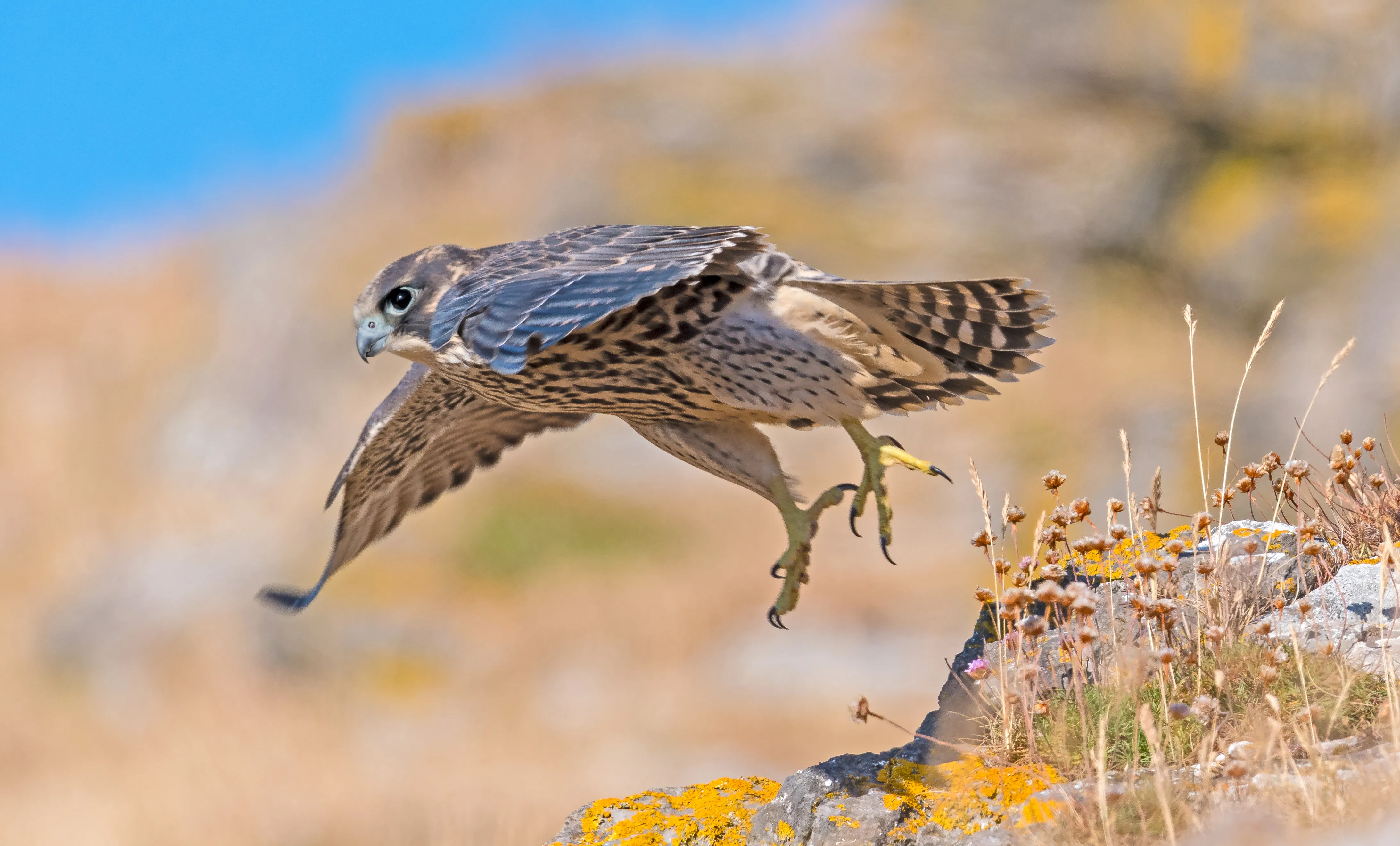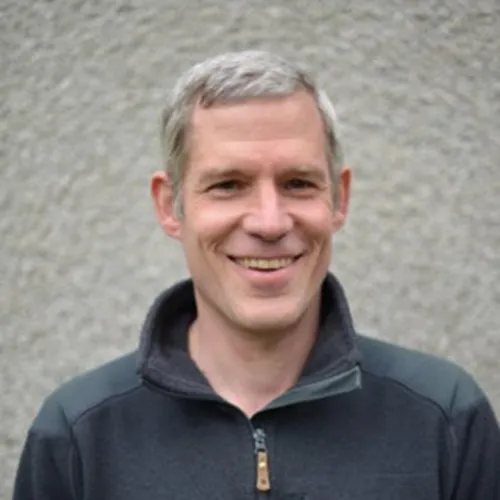Citation

Abstract
Highly pathogenic avian influenza (HPAI) occurs in wild raptors in Scotland, but the extent of its impact on their populations is not well known. We expand on published comparisons of the parameters of a breeding population of Peregrine Falcons in the Lothian and Borders area of southern Scotland, before and after the 2021 HPAI outbreak. We include available information on the age and turnover of breeders, and extend the timeframe from 2012 to 2023 for this intensively studied population. The mean breeding success (proportion of monitored pairs fledging young) during 2012–2021 was 0.60 ± 0.05, but in 2022 and 2023 the respective mean values were 0.49 and 0.46, the lowest values in the time series. A relatively large proportion of sub-adults held territories in 2023, consistent with a potential prior impact of HPAI on breeding adults. However, comparisons of occupancy, fledged brood size and turnover of known (ringed) breeding individuals before and after the HPAI outbreak did not provide conclusive evidence of a measurable effect of the virus.
The authors are grateful to the following: the members of the Scottish Raptor Study Groups (SRSG) in southern Scotland, for their crucial ongoing work in monitoring the population of Peregrines on a voluntary basis, and the Scottish Raptor Monitoring Scheme (SRMS) for the assembly and curation of the data, the Ringing Unit of the British Trust for Ornithology (BTO) for the licensing of ringing activities, and the Department of Wildlife Ecology of the University of Florida (USA), International Avian Research (Austria) and the BTO for supporting this collaborative work.
